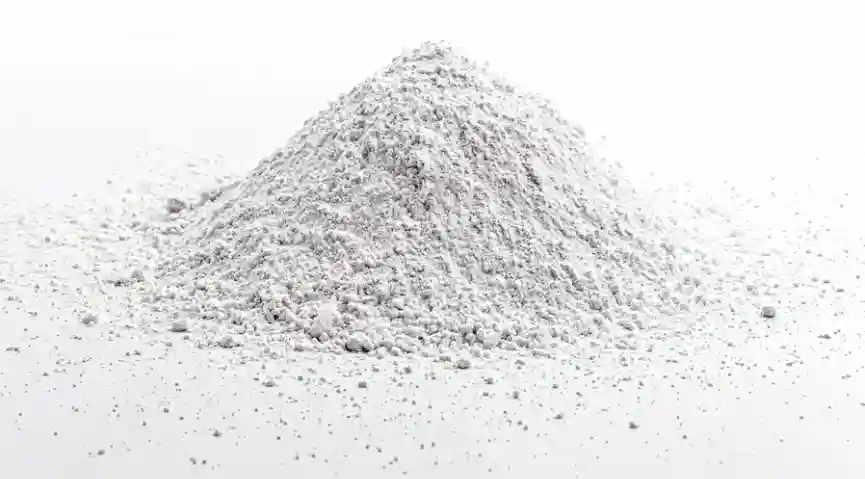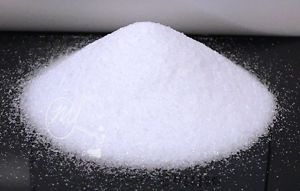Xanthan Gum - China
|
IUPAC Name |
: (1R,2R,3S,4R,5R,6R)-3,4,5-Trihydroxy-6-[[(1S,2R,3S,4R,5S,6R)-2,3,4,5,6-pentahydroxyhexan-1-yl]oxy]oxane-2-carboxylic acid |
|
Cas Number |
: 11138-66-2 |
|
HS Code |
: 3913.90.20.15 |
|
Formula |
: C35H49O29 |
Basic Info
|
Appearance Name |
: Off white powder |
|
Common Names |
: Corn Sugar Gum |
|
Packaging |
: 25kg/bag |


---thailand.webp)



